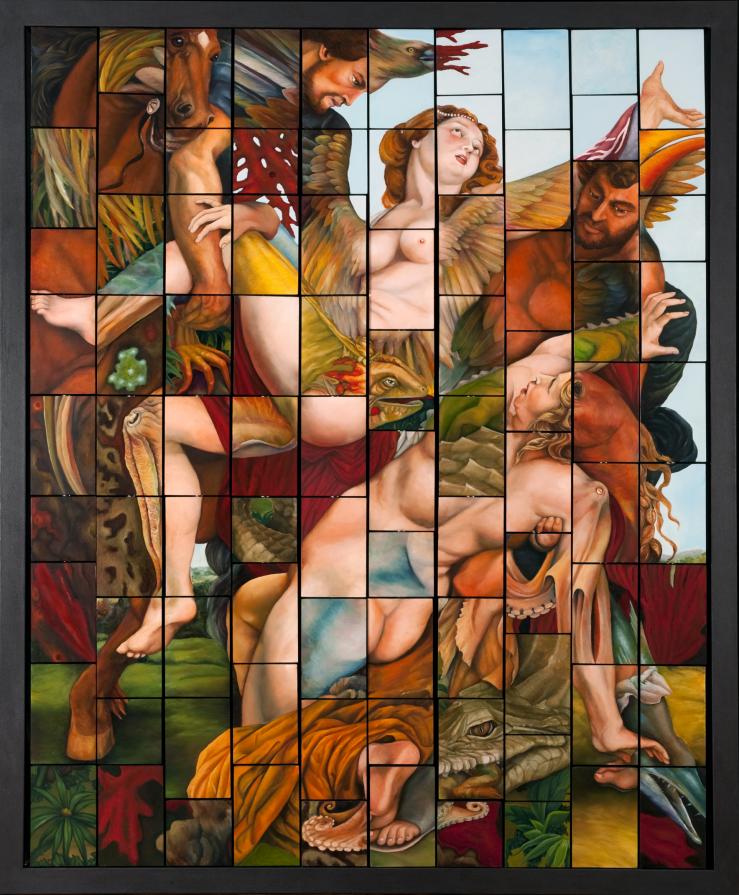
"Il Ratto delle Sabine"
My art expresses itself through a mobile code, that is an autograph brand but, above all, a linguistic scheme between aesthetics and content. My works are pictorial puzzles offering multiple compositions, freely constructible or deconstructible. By rotating the parallelepipeds on a grid you can compose an image or interweave different images. An interaction with the viewer, who will be able to change the sequential order and, above all, to enter the dynamic principle of the original thought, completing a work that requires manual actions, tactile contact, active imagination and orientation of visionary imagination: a mobile code that reinvents the world on the strong roots of the world itself, thus cementing the foundations of memory, thus establishing the curve of this long line of horizontal time.





















Comments 4
Per anni, la Grecia ha chiesto invano la restituzione dei marmi, sostenendo la tesi che le sculture fossero state esportate con l’inganno e che queste rappresentassero una parte del simbolo nazionale del Paese.
Say something